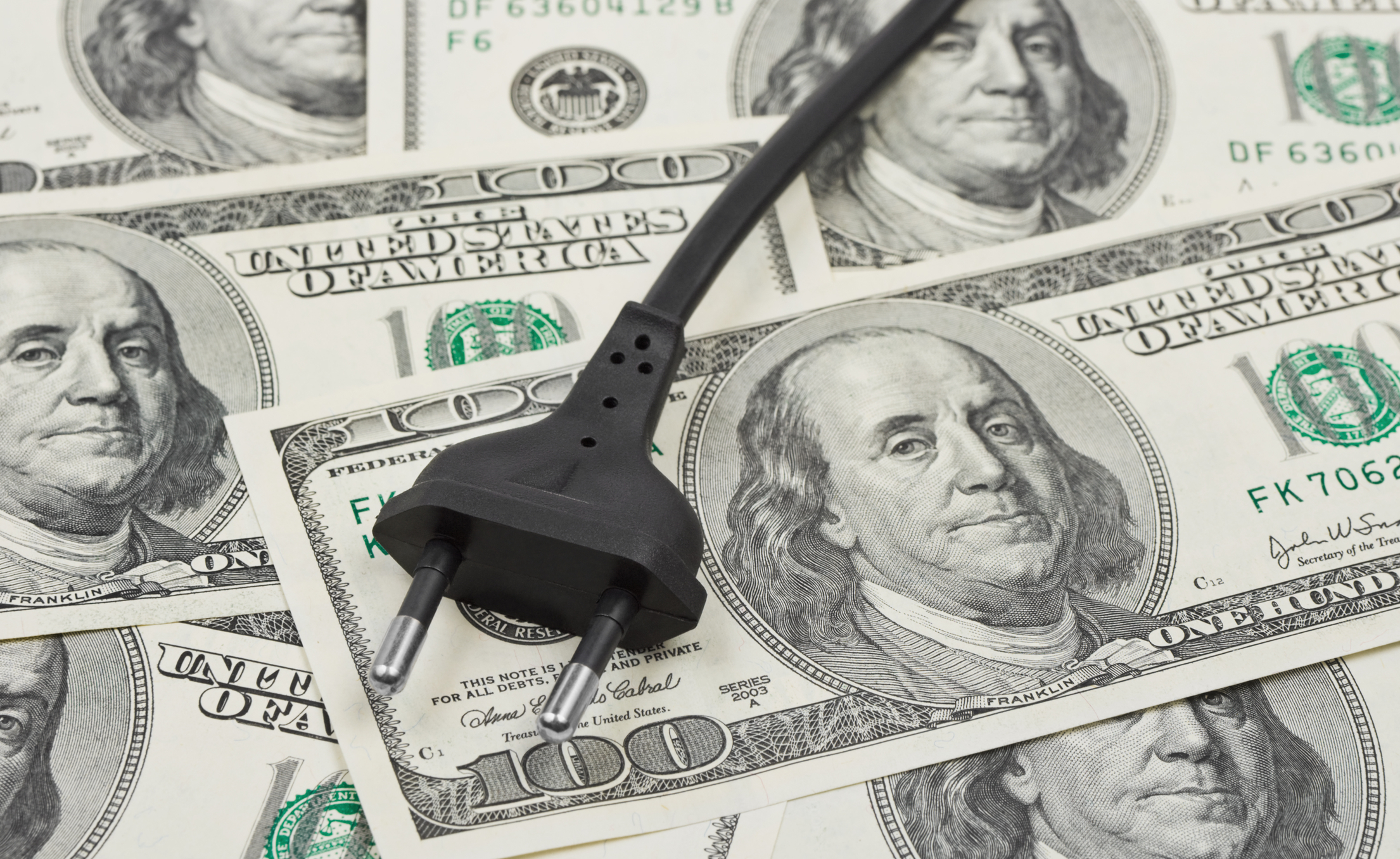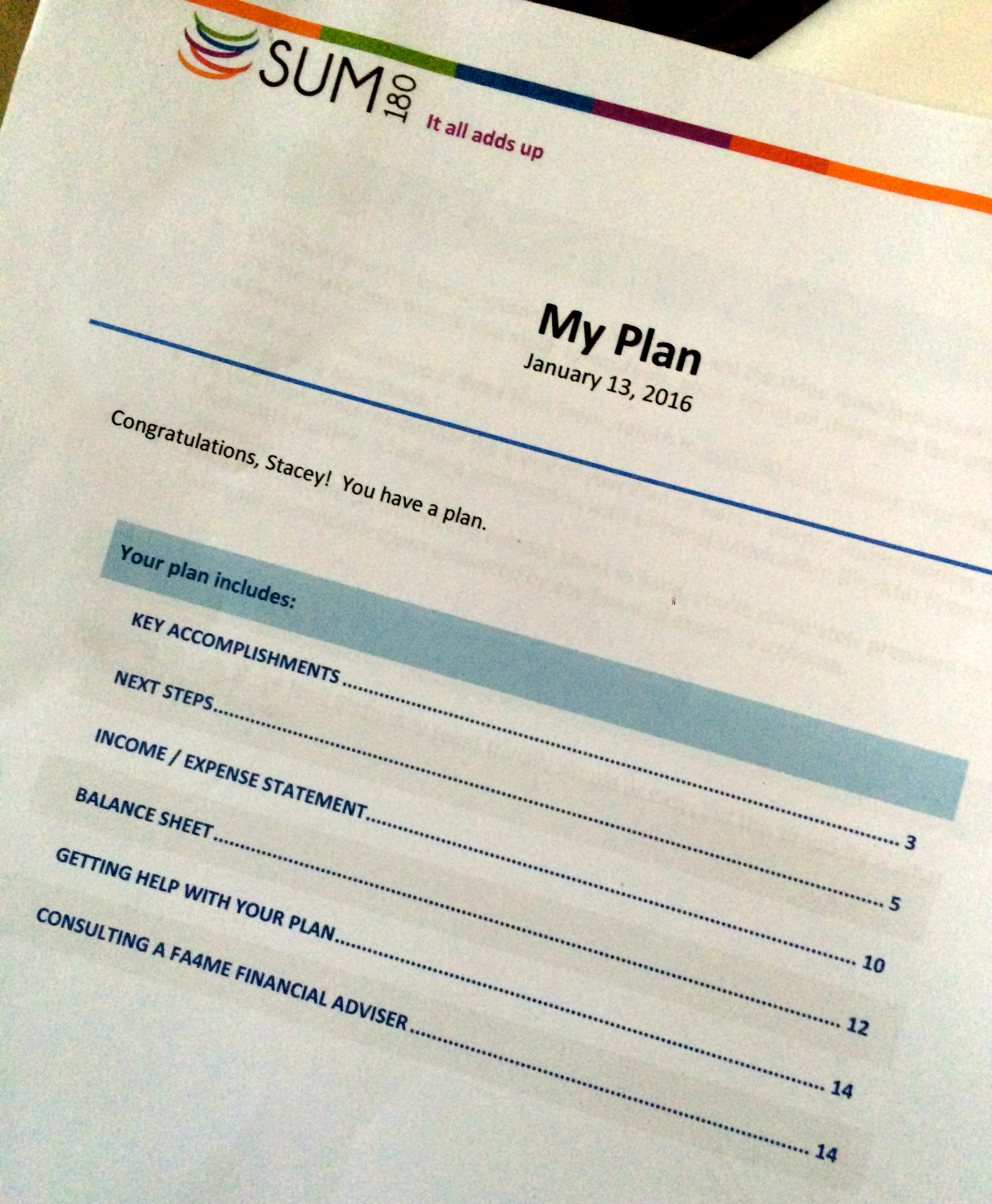How many of you have seen the commercial where the wife finds orange money in the pocket of a pair of jeans as she takes the laundry out of the dryer? The woman gently berates her husband for being careless with their orange money. She reminds him that this is the money that they are saving for their retirement. Only to have him point out that the pair of jeans are hers and not his. Have you seen this one? This commercial is brilliant when it comes to helping people “see” what they are saving for.
One thing I learned about financial planning early on was that you need to pay yourself first. Yes, we are going to get to setting up a budget in this series. That dreaded word budget, is really not so bad when you have a clear picture of what you are saving money for. This is why I believe it is important to determine your financial goals before your develop your budget.
 It is easiest to break up your goals into three categories; Long-Term Goals (goals over one year), Medium-Term Goals (goals 6 months to a year), and Short-Term Goals (Goals under 6 months).
It is easiest to break up your goals into three categories; Long-Term Goals (goals over one year), Medium-Term Goals (goals 6 months to a year), and Short-Term Goals (Goals under 6 months).
Short-Term and Medium-Term goals are easier to deal with in that we are talking about present value of money. If you need $5,000 for a vacation next year, you can simply divide the 5,000 by the number of months you have to save, say 12, and know that you need to save $417 per month for the next year to have your $5,000 vacation.
Long-Term Goals take more calculating due to the fact that we have to take into account inflation, but we also get to take into account the money you earn on your money. Compound interest is on your side! For retirement there are a number of on-line calculators like the one found at CNN Money.
When it comes for saving for a child’s college education there are many variables to consider. Mainly because there is such a wide range in college tuition costs and many higher institutions which your child may qualify for. If you are saving for a child’s college – whether it be to help in part or in whole – you should investigate and determine if a 529 plan is the right investment tool for you. A 529 plan has many advantages, one being there are no federal taxes assessed on the earrings. The money deposited will be money that has been taxed, but it will grow Federal tax-free. Remember, compound interest is our friend! CNN also has a college savings calculator that takes many of the variables into account to help give you a better idea of what your monthly savings should be.
There is a lot to consider when setting your financial goals. Think about what you want from you money. Maybe you want to save for that dream vacation, a new kitchen, or a new car. Do you have debt that you need to pay down? Have you set up your emergency fund? The conventional thinking is that you should have a minimum of 6 months, with 8 months being the preferred, income saved in a savings account for ememrgecies.
If you have a partner, you need to have a discussion to make sure that you are both on the same page. Otherwise it is nearly impossible to achieve your goals. If you are saving for retirement, take the time to visualize what your retirement will look like. What is the cost of that visualized lifestyle. If you are saving for college, what do you want to contribute? Are you planning on paying a percentage or the whole tuition? Will your child attend a state school or private institution? Make time to have the important conversations.
Then write the goals down! It is so much easier to put money away into a savings/investment account when you have a clear idea of what that money represents. When you pay yourself first, that money is going to one of your financial goals.
You need to prioritize your goals. It is more important to pay down any debt than to save for a vacation. But that does not mean that you cannot sock away a little each month for the more extravagant goals. Just keep in mind your priorities and what you want from your money. Once you know your goals, it is easier to set up a budget that favors saving over spending. My next installment will be about setting up the budget, so make some time this week to sit down and fill out the Financial Goals Worksheet. Crunch some numbers to see what your goal will cost you on a per month basis.
We will also revisit your goals at a future date. It is important to revisit your goals every few months for two reasons. One, you may have reached some of the short term goals and you can redistribute some of your discretionary income, and two, the more you keep you goals in the forefront of your thinking, the easier it is to pay yourself first.
Click here: Financial Goals Worksheet – to download a copy of my financial goals worksheet to help you get started today on reaching your goals!
as in what direction we are moving.” – Oliver Wendell Holmes











